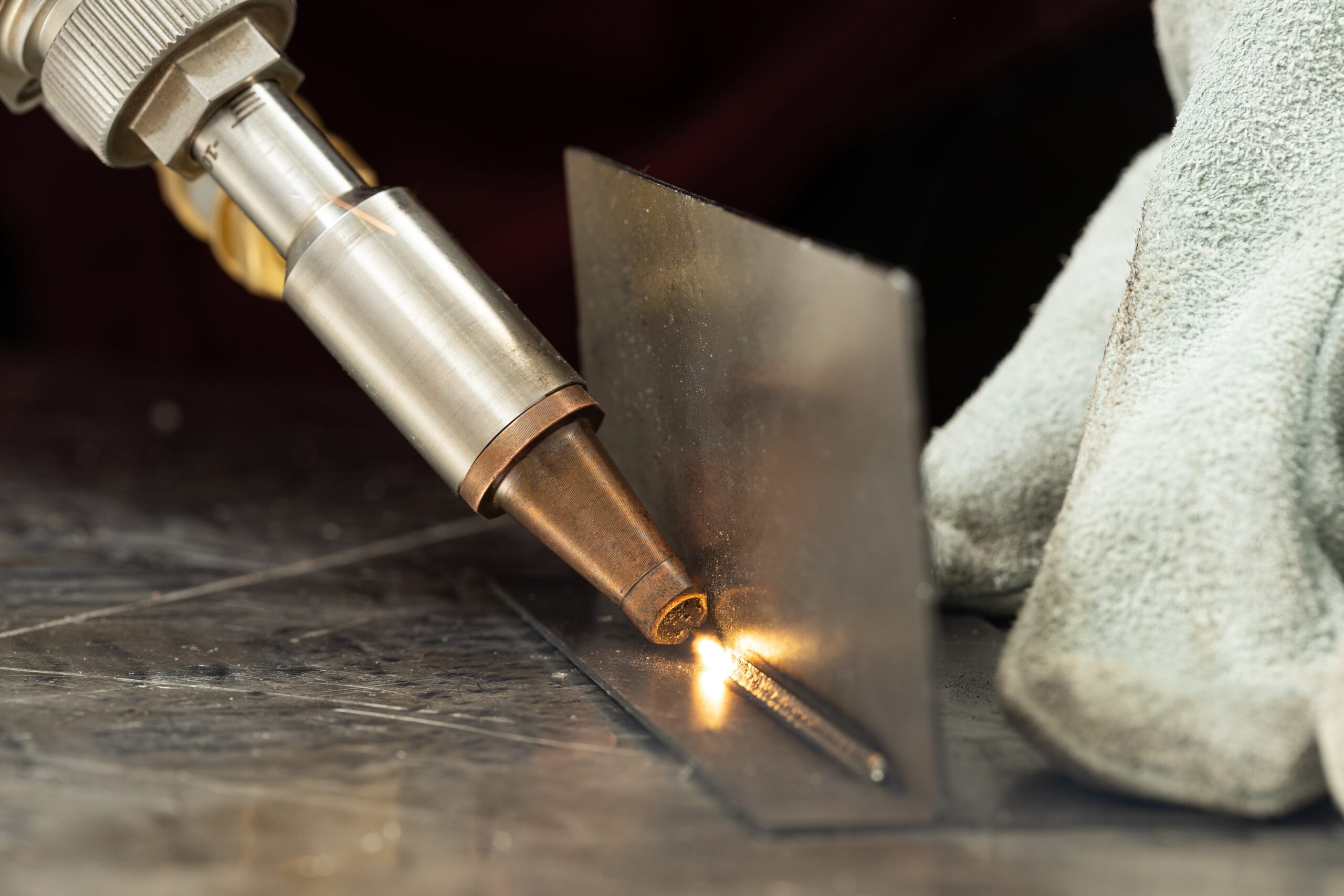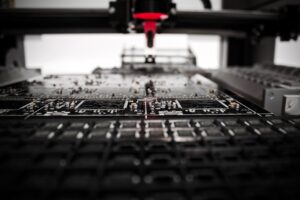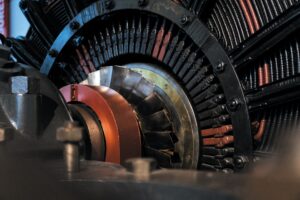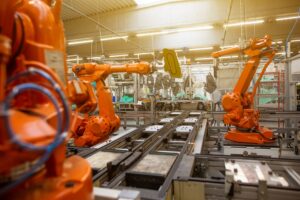The Importance of Fume Extraction with Laser Welding
Fume extraction is a critical aspect of safety when it comes to laser welding. During the welding process, the intense heat of the laser beam can generate harmful fumes and microscopic particles. If inhaled, these can pose significant health risks to operators, leading to respiratory problems and other serious conditions. Furthermore, in certain concentrations, these fumes can unstable, adding an additional layer of risk. A well-designed and properly maintained fume extraction system helps to capture and filter these potentially hazardous emissions, significantly improving air quality and ensuring a safer working environment. This not only protects the health and well-being of staff, but it also aids in compliance with occupational safety regulations and standards.

5 Reasons a Pristine Environment is Critical to Quality Welds
- Particle Interference:
- Minute particles, often invisible to the naked eye, can settle onto the surfaces to be welded. These particles can act as contaminants, preventing a clean join between the metals, leading to weak or incomplete welds.
- Laser Deflection:
- In laser welding, the presence of excessive airborne contaminants or accumulated fumes can interfere with the laser beam. This interference can cause the laser to scatter or deflect, reducing its precision and effectiveness, resulting in imperfect welds.
- Oxidation and Contamination:
- In a dirty environment, contaminants such as oils, dirt, or rust on the metal surface can lead to oxidation during the welding process. Oxidation can make the weld brittle and prone to cracking.
- Inconsistent Heat Distribution:
- Contaminants can cause uneven heat absorption on the welding surface. This inconsistency can lead to warping, imperfect joins, and in some cases, the formation of weld porosity.
- Reduced Flow of Shielding Gas:
- Many welding processes rely on a shielding gas to protect the weld pool from atmospheric contamination. A dirty environment can compromise this gas flow, leading to welds that are susceptible to contamination, weakening the overall structure.
How Does a Laser Welding Fume Extactor solve these problems?
- Particle Interference:
- The fume extractor works by pulling in the surrounding air, which includes the minute particles that might settle on the welding surfaces. Through a series of filters, these particles are trapped and removed, ensuring that the surfaces remain uncontaminated and ready for a clean weld.
- Laser Deflection:
- By actively extracting the airborne contaminants and accumulated fumes from the welding environment, the fume extractor ensures that the path of the laser remains unobstructed. This prevention of interference ensures that the laser remains precise, yielding a perfect weld.
- Oxidation and Contamination:
- A fume extractor doesn’t just remove large particles; it also filters out microscopic contaminants such as oils and rust particles. This ensures that the metal surface remains free from substances that might cause oxidation, leading to stronger welds.
- Inconsistent Heat Distribution:
- By maintaining a clean environment, the metal’s surface is consistent and free from contaminants that might unevenly absorb heat. The fume extractor indirectly ensures that heat distribution during the welding process remains even, minimizing imperfections like warping.
- Reduced Flow of Shielding Gas:
- With a cleaner environment, the flow and effectiveness of the shielding gas are not compromised. By extracting harmful fumes, the extractor ensures that the shielding gas can perform its function unhindered, protecting the weld pool from atmospheric contaminants.
Check Out Real World Examples
- Problem: During the laser welding of miniature components for a pacemaker, the absence of a fume extractor led to an accumulation of ultra-fine particulates around the welding zone.
- Result: These particulates deflected the laser, resulting in imprecise welds. The flawed devices had to be recalled, causing considerable financial and reputational damage to the company.
- Problem: While laser welding battery tabs in smartphones, no fume extraction system was in place, causing fine particles to remain airborne.
- Result: These particles interfered with the laser’s path, compromising the weld quality. The issue led to reduced battery life and increased product returns, tarnishing the brand’s reputation.

- Problem: In creating a crucial component for an aircraft’s engine, a lack of fume extraction led to a foggy atmosphere, distorting the laser’s precision.
- Result: The compromised weld failed during a quality check. The rework delayed the project, causing a surge in production costs and penalties for late delivery.

- Problem: Laser welding of an integral part of an electric car’s motor was conducted without adequate fume extraction. The accumulated fumes obstructed the laser beam’s clarity.
- Result: The imprecise weld caused inefficiencies in the motor. It led to a drop in the vehicle’s range, prompting recalls and a massive setback for the automaker.

- Problem: In the detailed laser welding of a high-end jewelry piece, the absence of a fume extractor caused residue accumulation on the jewel’s surface.
- Result: The accumulated residue disrupted the laser’s focus, leading to a noticeable flaw in the final product. The piece lost its value and had to be remanufactured.

Precision Welding: The Imperative of a Clean Workspace
In today’s advanced manufacturing landscape, precision welding, especially in applications like battery tabs, has become a non-negotiable standard. Battery tabs, vital in devices ranging from smartphones to electric vehicles, demand flawless welds to ensure longevity and optimal performance. The precision required in such intricate welding tasks is jeopardized by even the minutest contaminants. A laser welding fume extractor plays a critical role in upholding this precision. By actively capturing and filtering out the microscopic particulates and fumes generated during the welding process, these extractors maintain an immaculate operating environment. This uncontaminated workspace ensures that the laser welds with unparalleled accuracy, guaranteeing the high-quality results that modern applications demand.
Filtrabox Weld-R
Ready to revolutionize your welding experience with Weld-R? Dive deeper and discover the game-changing benefits of our advanced welding solutions. Don’t wait – your next level of productivity and efficiency is just one click away with Weld-R!



